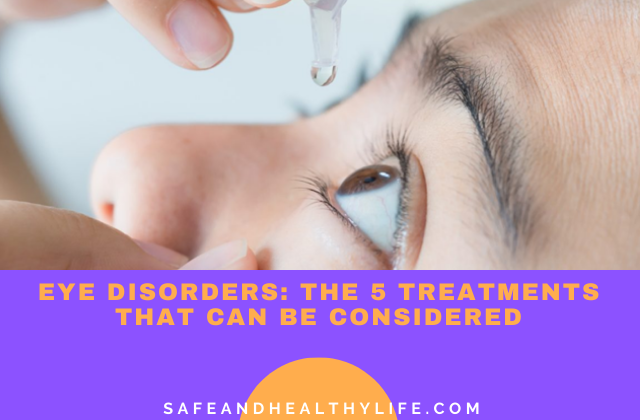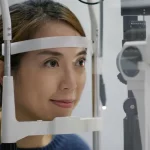
According to WHO, globally 2.2 billion people suffer from vision impairment. Did you know that almost half of these patients, to be specific 1 billion have a vision impairment that could have been prevented? About 575,000 people are visually impaired in Australia.
If we look at the data provided by the National Health Survey of 2017-18, here are the numbers of people living with various eye disorders.
- 2 million with hyperopia
- 3 million with myopia
- 4 million with astigmatism
- 687,200 with presbyopia
- 548,600 with color blindness
- 410,800 with cataract
- 236,600 with macular degeneration
- 131,500 with blindness
Here is a list of the 5 most prevalent eye disorders and their respective treatments:
Refractive Eye Disorders:
Refractive errors are the most common kind among all eye disorders. Types of refractive disorders are
- Myopia (near-sightedness)
- Hyperopia (far-sightedness)
- Astigmatism (distorted vision at all distances)
- Presbyopia (age-related elasticity loss)
Temporary treatment includes wearing prescription glasses and contact lenses. However, a more permanent treatment for refractive errors could be a LASIK surgery. This a pain-free procedure. Lasik is known to restore excellent vision within a couple of days.
LASIK is one of the most preferred eye surgeries. Although a quick procedure, LASIK requires extreme precision, which is why we recommend you only go for professionals such as Personal Eyes surgeons to get the best treatment for your eyes.
Cataracts:
Cataracts are a preeminent reason for adult blindness today. With age, the risk of cataract increases, however, the good news is that in a majority of cases cataracts are 100% treatable. The condition involves the clouding of the eye lens in one or both eyes. Though older people are at a higher risk, younger people and in extraordinary cases babies too have been diagnosed with cataract. There are many kinds of cataracts like Nuclear Sclerosis, Cortical, Posterior Subcapsular, Congenital, and Secondary cataracts. In addition to this, eye injuries can also cause cataracts.
Treatment for cataract involves a Laser surgical procedure that removes the defective lens while putting in a new intraocular lens (IOL) that restores vision. Here is a brief on the procedure.
- A laser beam passes through the outer tissue, cutting a hole in the capsule.
- Then, the cataract is sliced up and the lens is accurately scooped by the laser.
- The defective lens is removed by suction through the tiny incision.
- Upon implanting brand-new Intraocular Lenses, the hole is carefully closed.
Dry eye syndrome:
This is a persistent condition that keeps getting worse with time. Dry eyes are fairly common and manageable too. Timely treatment can lead to relief, reduced symptoms, and a better vision. You could be experiencing dry eyes because of reasons like age, side effects of antihistamines, beta-blockers, and diuretics, excessive screen usage, existing eye issues, chronic health conditions, etc.
Treatments include the following:
- Artificial tears
- Restasis prescription and Steroid eye drops
- Lacrisert slow-release lubricant
- Punctal plugs
- Warm and cold compresses
- LipiFlow Thermal Pulsation System
- Intense pulsed light
Glaucoma:
Glaucoma can lead to blindness as it damages the optic nerve. Glaucoma is a slow rise in the inner eye pressure that can lead to permanent damage, if not treated. However, timely treatment might save the vision.
Treatment of glaucoma is Selective Laser Trabeculoplasty (SLT). SLT is a highly recommended swift and easy laser procedure that decreases the intraocular pressure. SLT is painless and there are no side effects to worry about.
Macular Degeneration:
Macular Degeneration is a group of degenerative diseases affecting the retina, which may cause a loss of central vision. Signs of MD are
- Reading difficulty
- Distorted vision.
- Difficulty in distinguishing facial features.
- Seeing Dark patches or empty spaces.
The treatment for MD is like a cataract surgery that places a new Intraocular Lens in the eye but with a built-in magnifier. The magnifier lets you retrieve your ability to drive, read and see the face of your loved ones.
About The Author:
Anne Kamwila is a freelance content writer and a digital marketer. She is passionate to write on health, technology, and business-related guides, news, and books.




